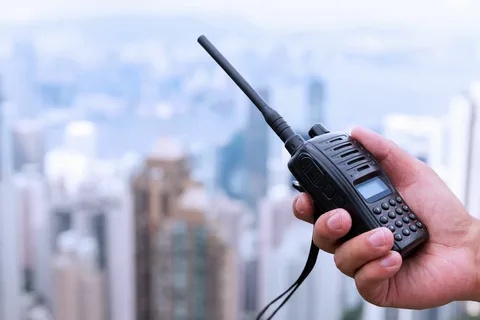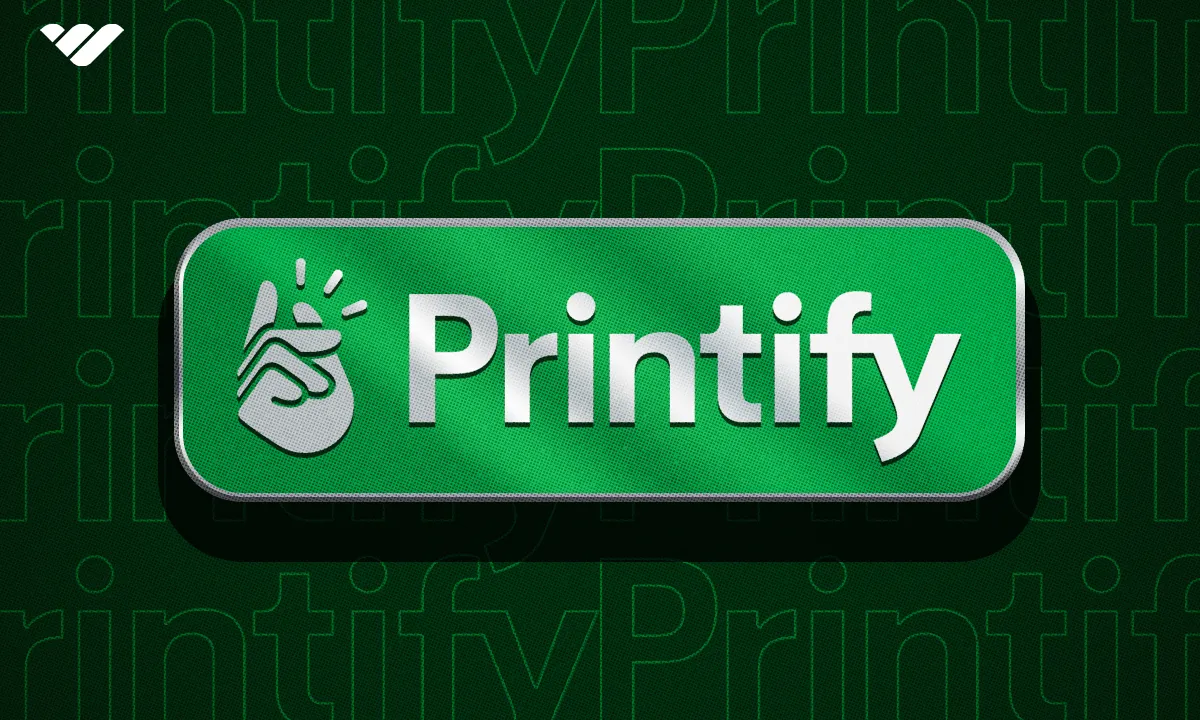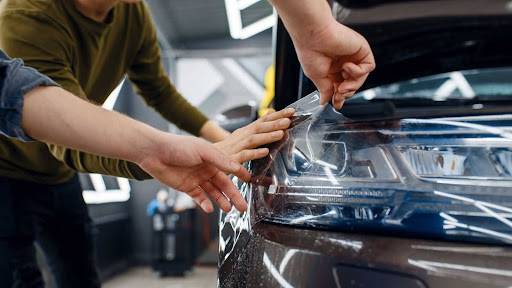
In any urgent situation, the ability to communicate swiftly and effectively can mean the difference between safety and catastrophe. This holds true whether you’re dealing with a natural disaster, a widespread power failure, or a massive evacuation. Direct and instant communication can make all the difference during an emergency. But what can you do to stay safe and maintain order until everything returns to normal?
This is why any emergency preparedness plan needs a communication device like a two-way radio. Compact and durable, these workhorse devices ensure you can talk to family, colleagues, or neighbors when traditional communication systems fail. Read on to learn more about what they offer:
Reliable Communication When It Matters Most
In contrast to mobile phones, walkie-talkies rely not on external infrastructure but on dedicated frequencies that allow units to communicate with one another. This instant communication makes them reliable even when power grids or cell towers are inoperative; say, during a hurricane, earthquake, blizzard, wildfire, or any situation where infrastructural damage or overload is something to be expected.
This is why emergency workers such as firefighters, EMTs, and search-and-rescue teams have depended on these radios for decades. When you’re giving or receiving orders during a life-or-death scenario, you need a communication tool that has no delays and no dropped calls.
Instant, Hands-Free Access
Every second is important in an emergency. Push-to-talk (PTT) is the function that most efficiently allows two-way radio to serve their primary purpose of instant voice communication. To use PTT, the user simply presses a button to talk and releases the button to listen. But some situations call for hands-free operation. That is when the voice-activated transmission (VAT) function comes into play.
This simple method of maintaining contact enables families, response teams, and staff members to speak without the inconvenience of dialing numbers or working with touch screens. This in itself is a tremendous safety benefit.
Group Communication Made Easy
Two-way devices have a major advantage over phones in being able to send a signal to multiple people all at once. If you’re trying to get the word out to a whole group, it’s much more efficient to do so with a radio, which can reach everyone within range, rather than with a phone, which necessitates a private conversation between you and every person you’re trying to contact.
In fact, two-way radios allow for not just one, but several group conversations to take place at the same time. Keeping all parties informed in real time helps reduce confusion, improve response times, and ensure organized action during chaotic events.
A Two-Way Radio Can Be a Lifeline In Urgent or Dangerous Situations
Planning for the future is what preparedness is all about, and one of the most vital parts of that plan is communication. When it comes to a communication tool with unmatched reliability, speed, and simplicity in the most critical of moments, look no further than a 2-way radio.
Whether you’re putting together a home emergency kit or a team response plan, the inclusion of high-quality radios will ensure you’re never more than a push-to-talk button away from anyone else in your household or group.
RELATED ARTICLES
Latest Articles
 Jagermeister 750ml Price in India: Full …In Whisky Prices
Jagermeister 750ml Price in India: Full …In Whisky Prices Building a Scalable Payment Infrastructu…In Technology
Building a Scalable Payment Infrastructu…In Technology Tech-Savvy Ways to Streamline Your Finan…In Business
Tech-Savvy Ways to Streamline Your Finan…In Business Magic Moments Vodka Price in India: Size…In General
Magic Moments Vodka Price in India: Size…In General The Role of Claims Agencies in Holding A…In Tips
The Role of Claims Agencies in Holding A…In Tips How Embracing Cloud‑Native Strategies Tr…In Technology
How Embracing Cloud‑Native Strategies Tr…In Technology Poorvika Mobiles Pun: Best Place for You…In Technology
Poorvika Mobiles Pun: Best Place for You…In Technology Why Choosing the Right NEET Coaching Mak…In Education
Why Choosing the Right NEET Coaching Mak…In Education
stopie.com is a participant in the Amazon Services LLC Associates Program, an affiliate advertising program designed to provide a means for sites to earn advertising fees by advertising and linking to Amazon.com.
Clicking on an Amazon link from stopie.com does not increase the cost of any item you purchase.
We will only ever link to Amazon products that we think our visitors may be interested in and appreciate learning more about.



